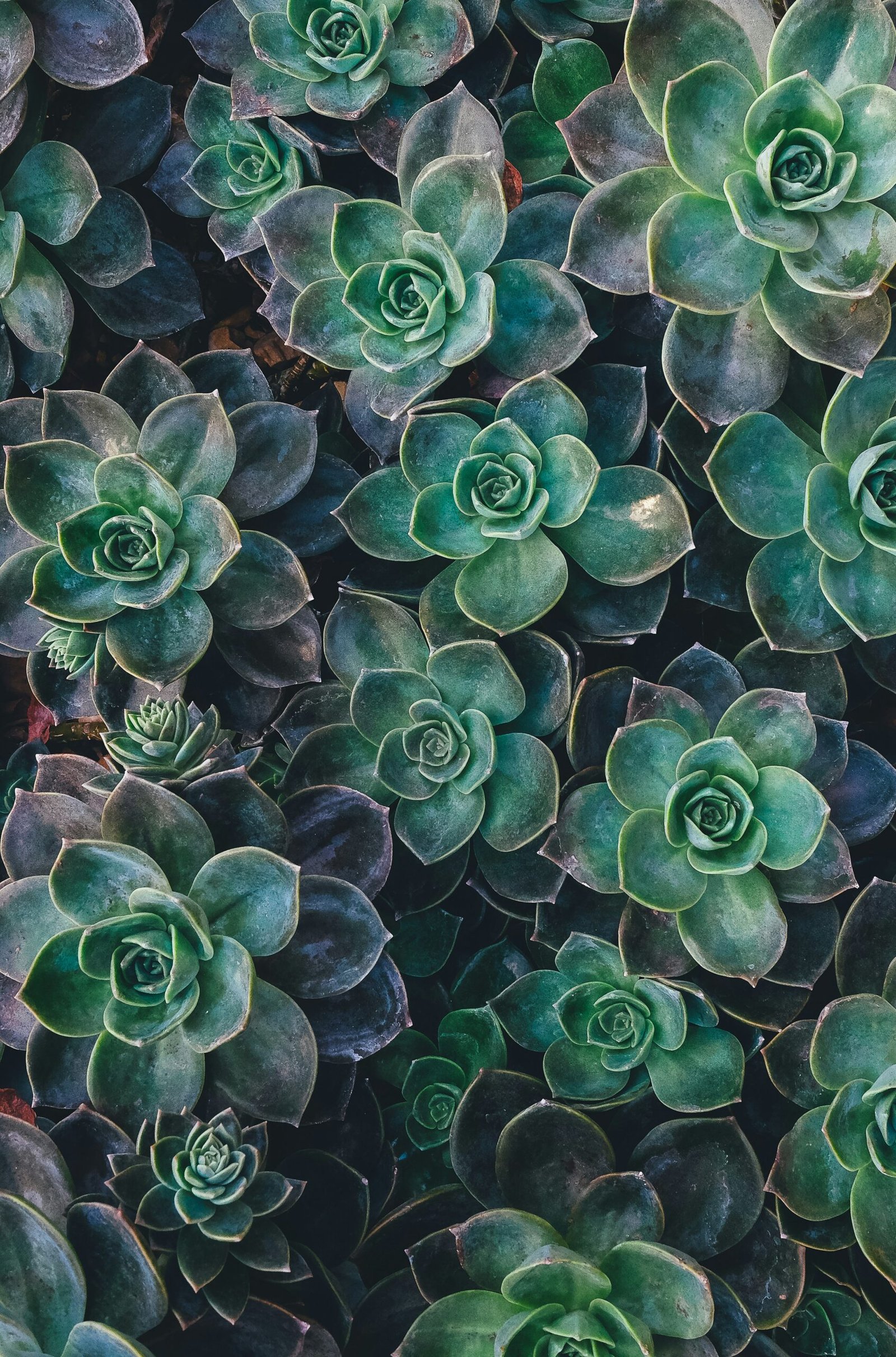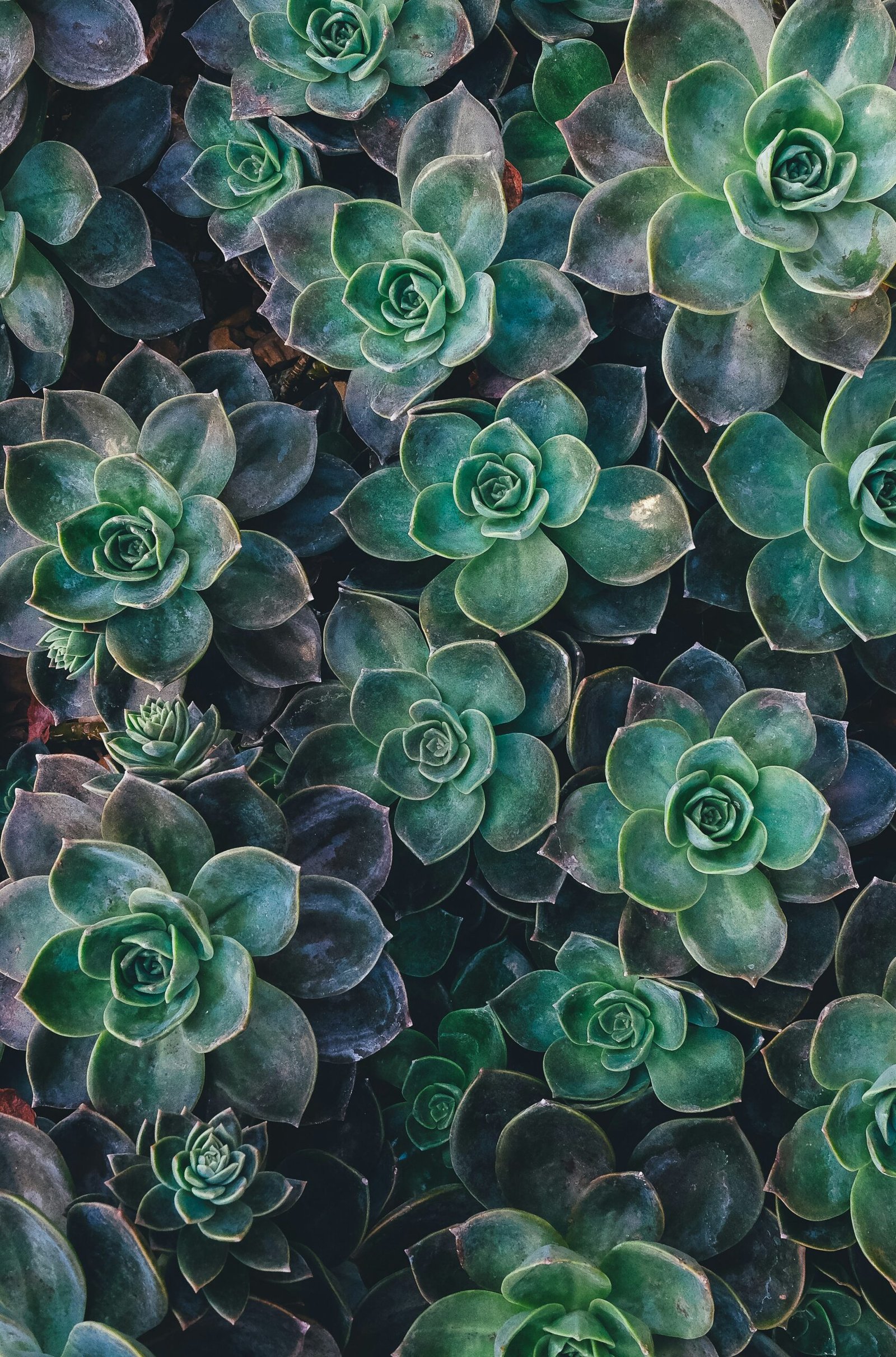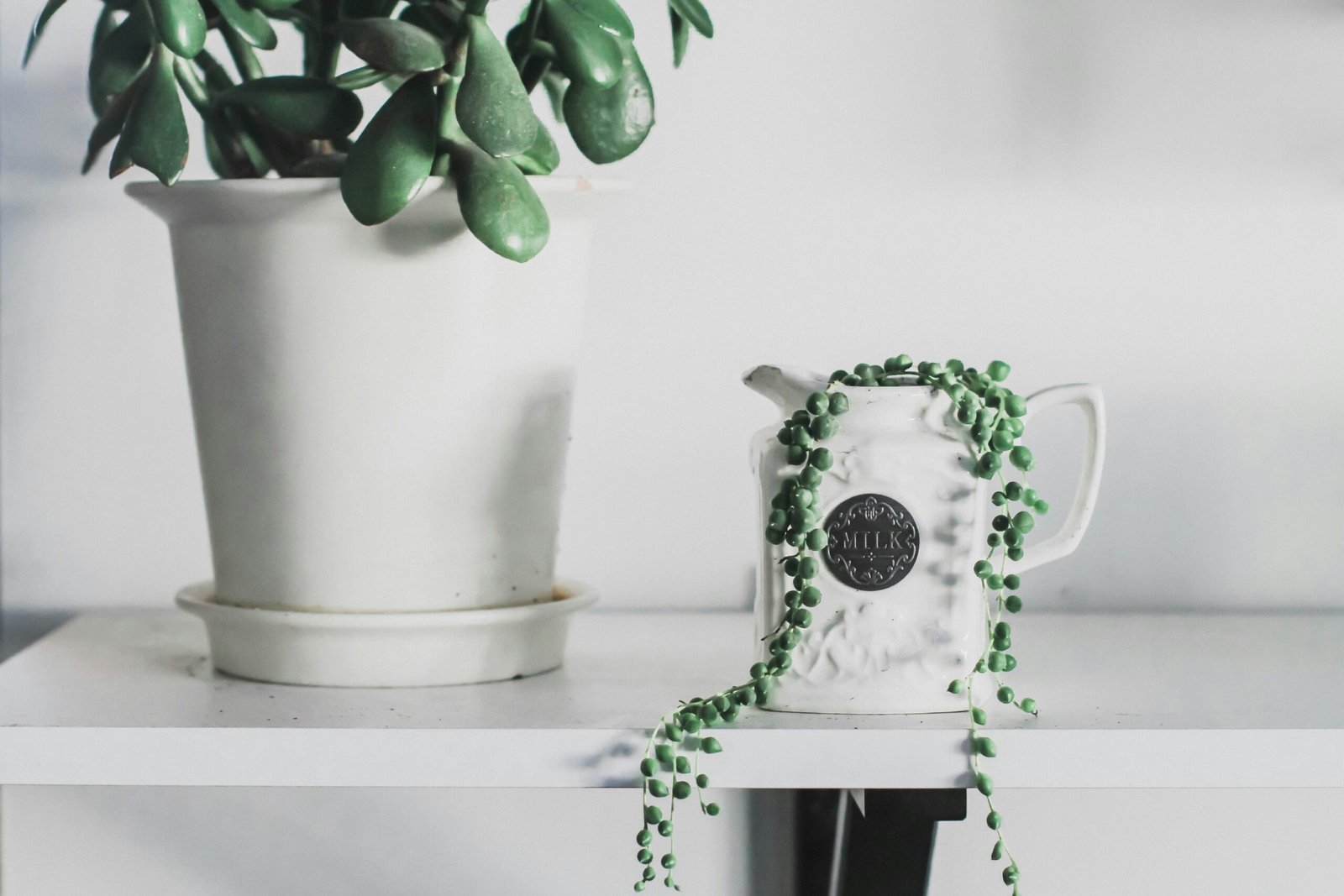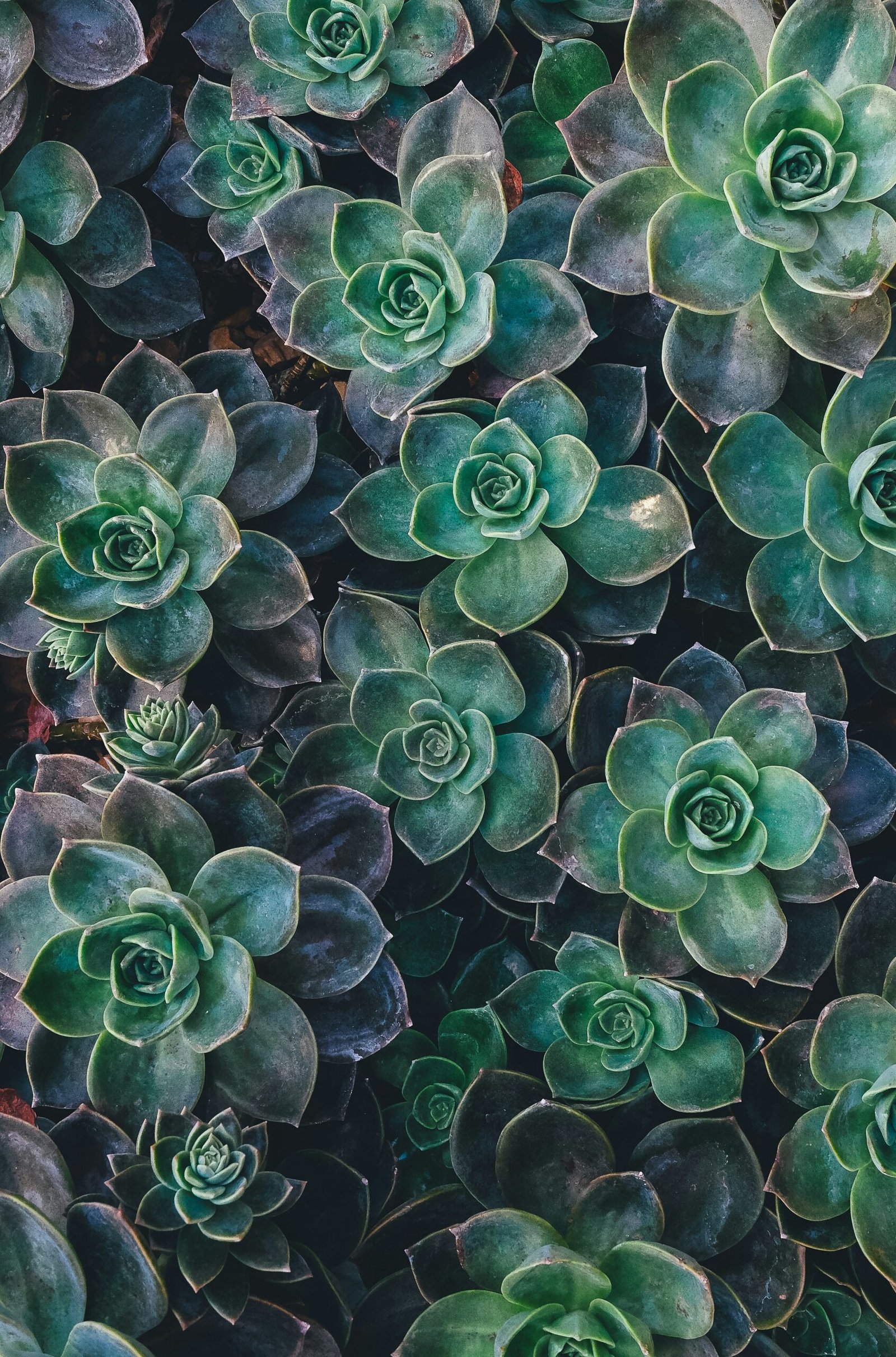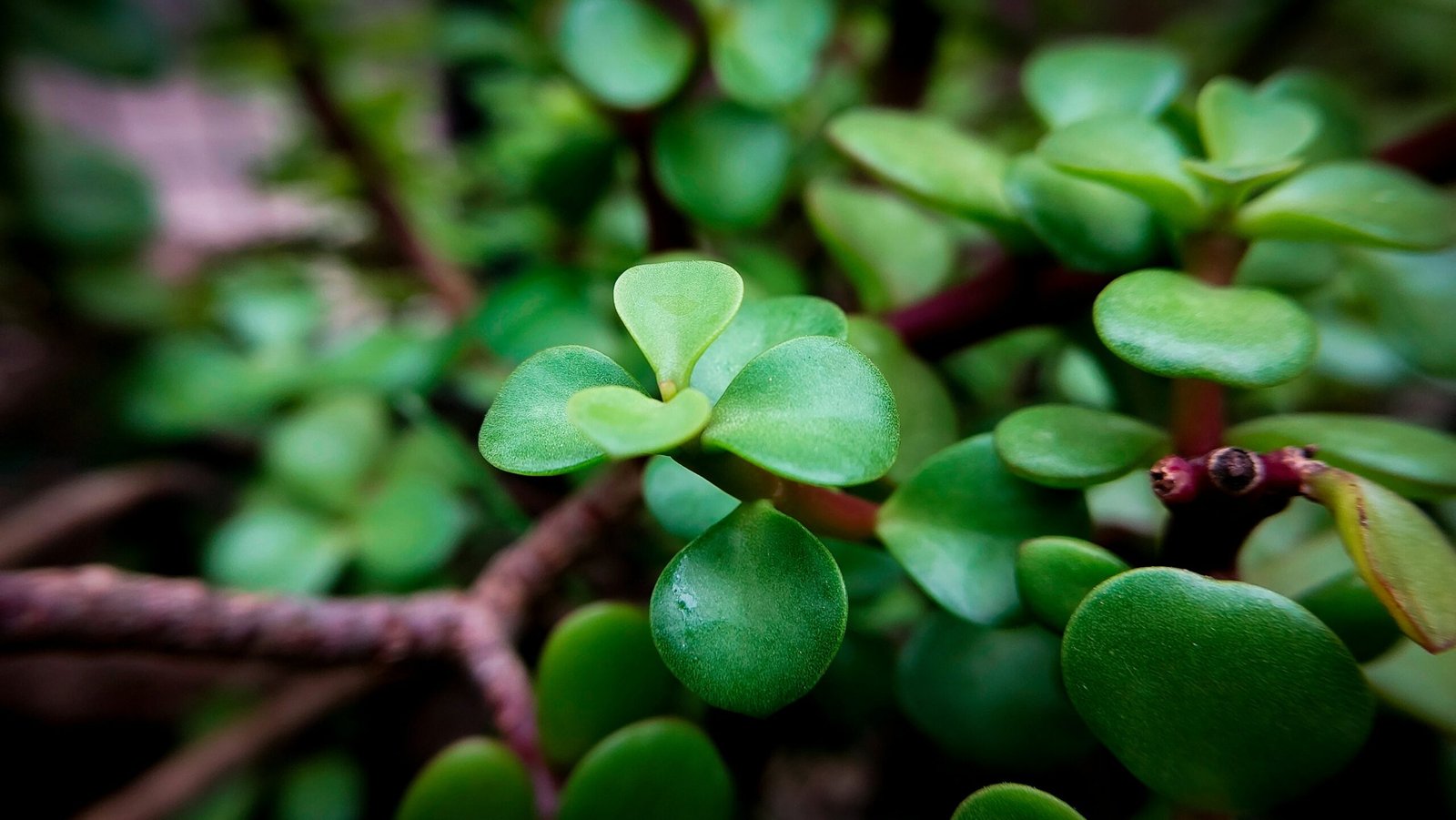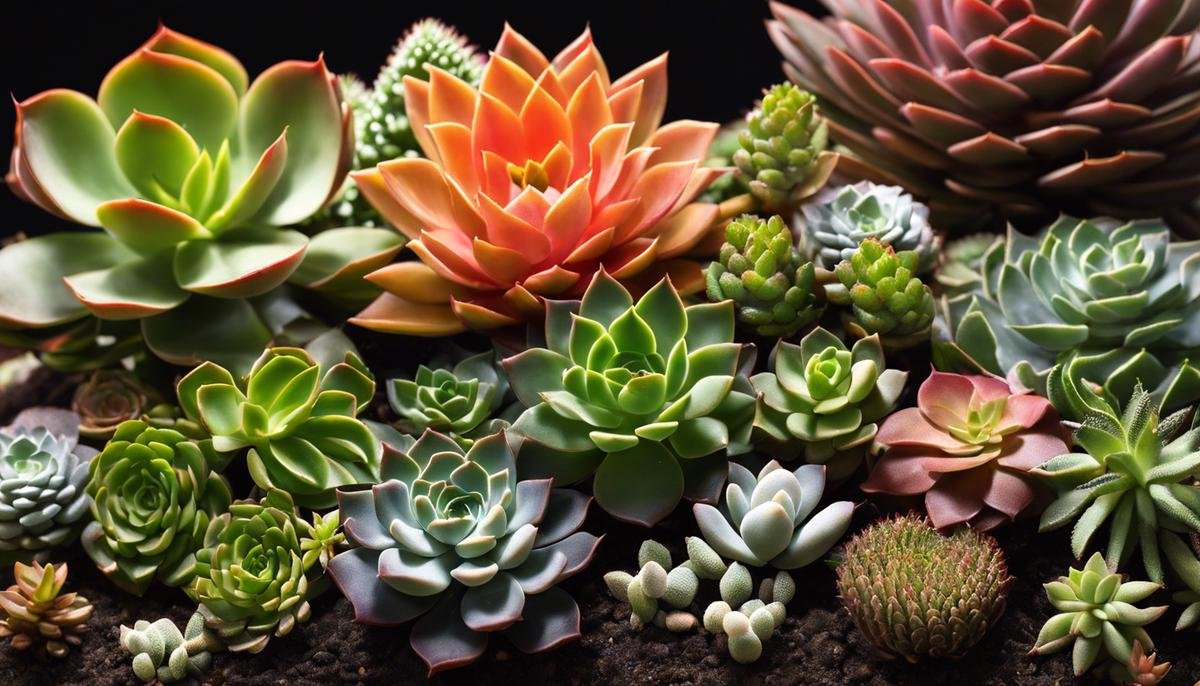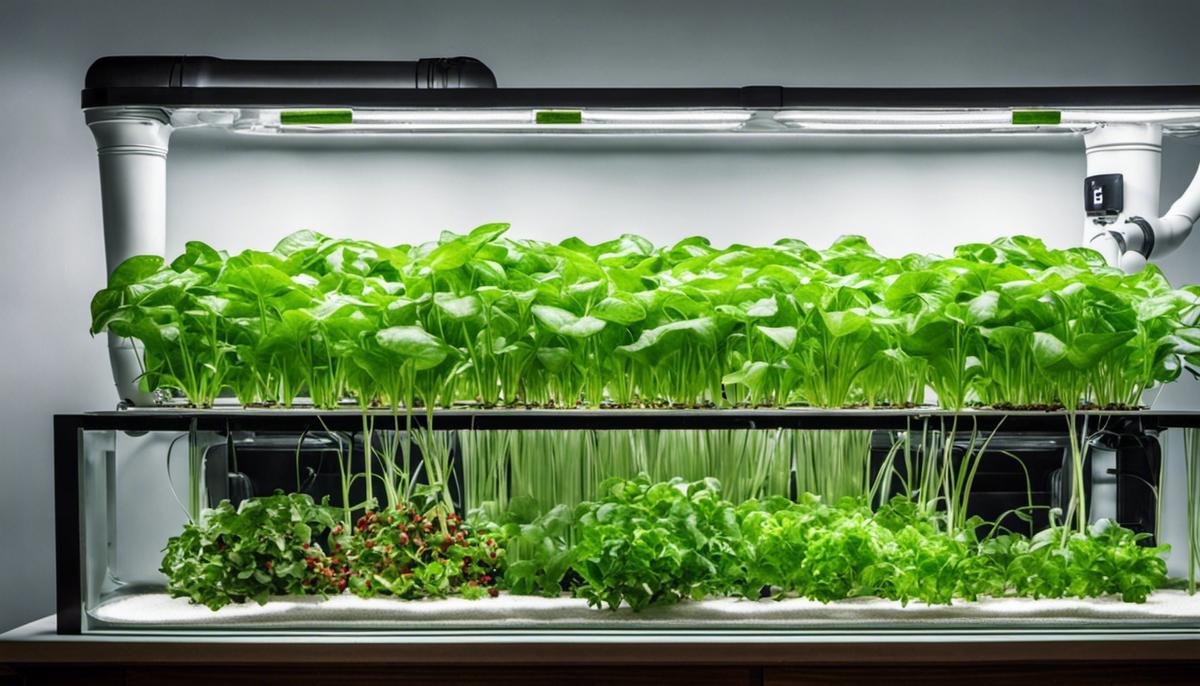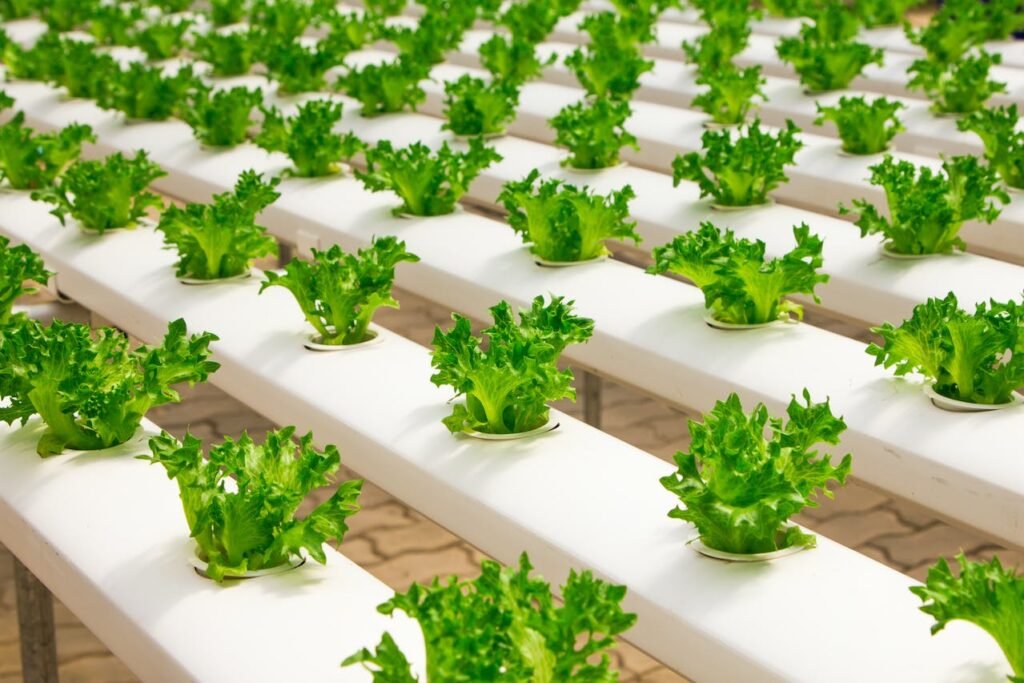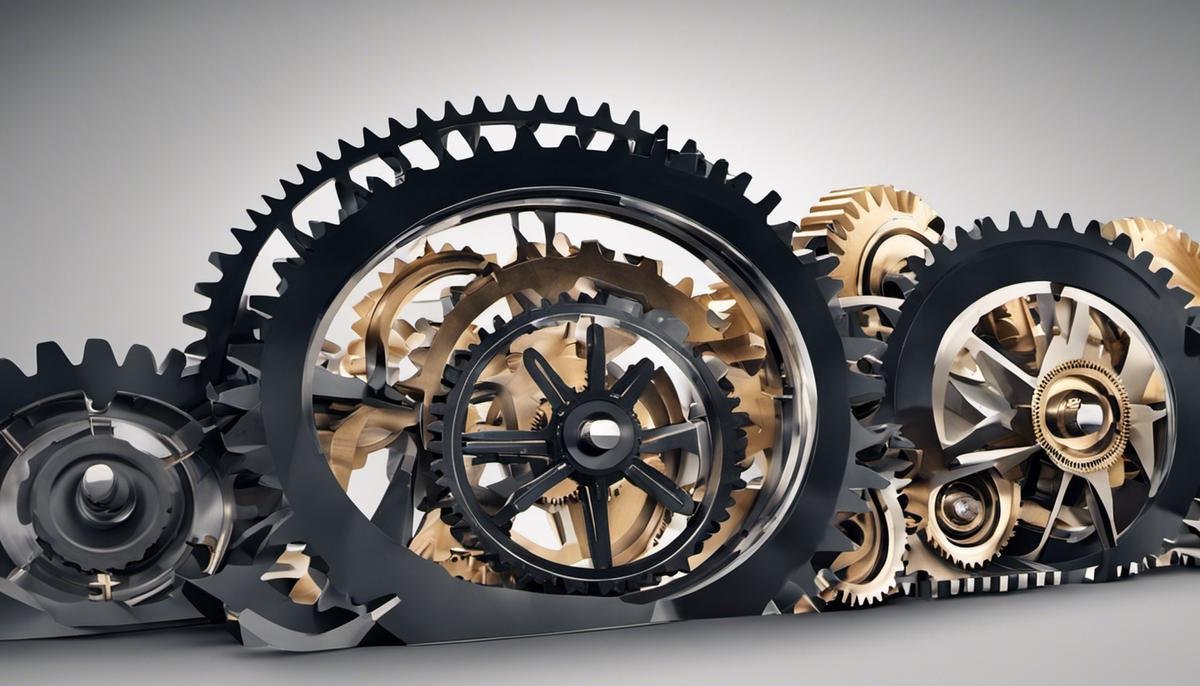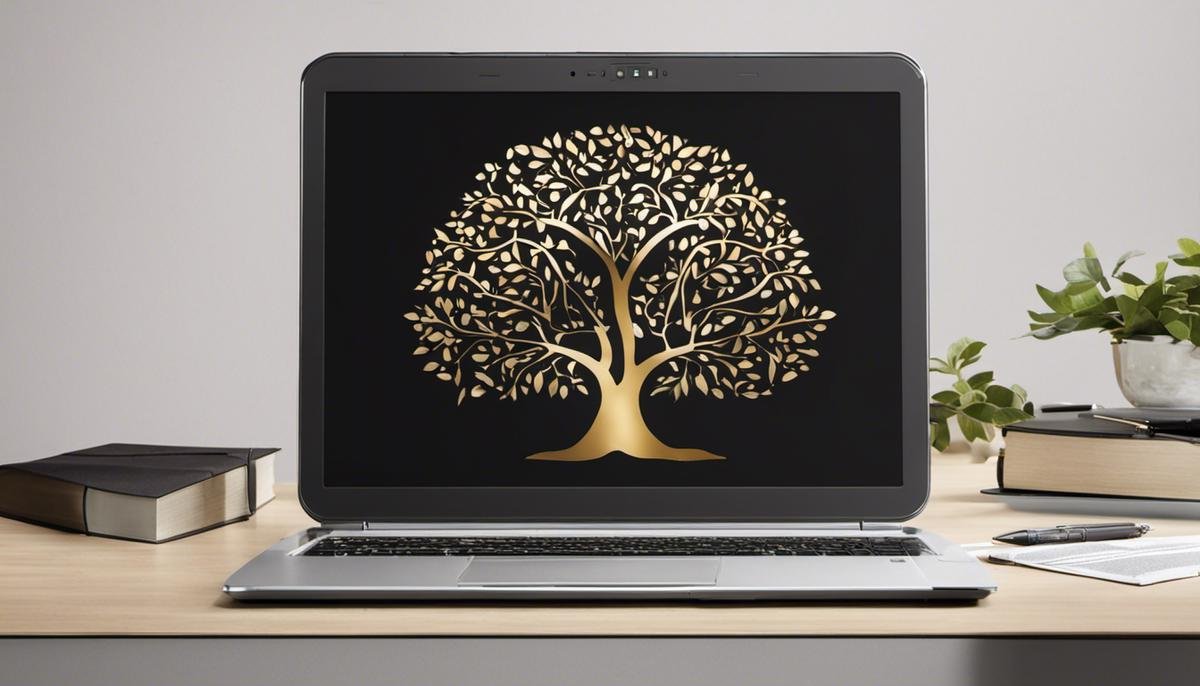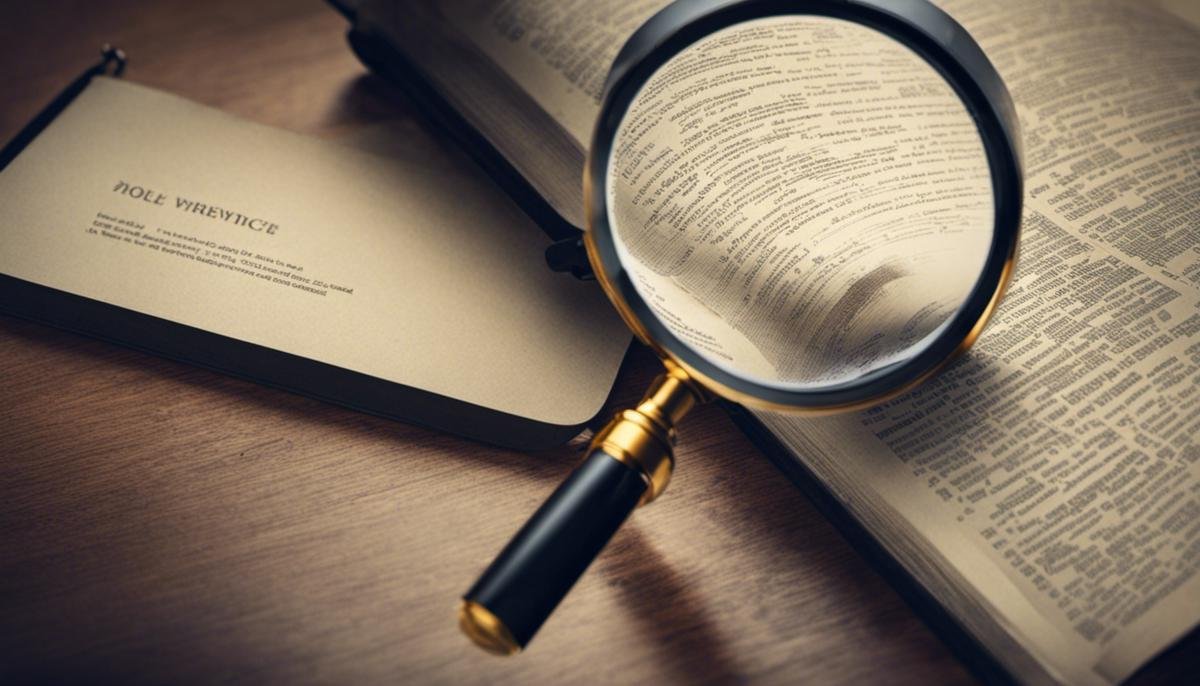Trimming is the process of cutting back or removing certain parts of a plant, such as branches, leaves, or stems. It is an essential practice for maintaining the health and aesthetics of plants. Trimming helps promote healthy growth, remove dead or diseased parts, and shape plants for a desired appearance. Different types of plants require trimming, including shrubs, trees, and hedges.
Trimming is important for the overall health of plants. By removing dead or diseased parts, it allows the plant to allocate its resources to healthy growth. Trimming also helps improve air circulation and sunlight penetration, which can prevent the development of fungal diseases. Additionally, trimming can enhance the aesthetics of plants by shaping them into desired forms or sizes.
Different types of plants require different trimming techniques. For example, shrubs often need regular pruning to maintain their shape and promote healthy growth. Trees may require trimming to remove dead branches or to prevent them from interfering with power lines or structures. Hedges need regular trimming to maintain a neat and tidy appearance.
Key Takeaways
- Trimming is an important aspect of gardening that involves cutting back overgrown or dead plant parts.
- There are different types of cutters available for trimming, including pruning shears, loppers, and hedge trimmers.
- Essential tools for trimming include gloves, safety glasses, and a sharpening tool.
- Safety precautions such as wearing protective gear and checking for electrical wires are crucial when trimming.
- Techniques for pruning include making clean cuts, cutting at the right angle, and avoiding cutting too close to the trunk.
Types of Cutters: Which One is Right for Your Garden?
There are several types of cutters available for trimming plants, each with its own advantages and disadvantages. The choice of cutter depends on factors such as the type and size of plants you have in your garden, as well as personal preference.
Hand pruners are a common type of cutter used for small branches and stems. They are easy to use and provide precise cuts. However, they may not be suitable for larger branches or tougher plant material.
Loppers are another type of cutter that is designed for cutting thicker branches. They have long handles that provide leverage for cutting through tougher material. Loppers come in different sizes and styles, so it’s important to choose one that suits your needs.
Hedge shears are specifically designed for trimming hedges and shrubs. They have long, straight blades that can cut through multiple branches at once. Hedge shears are ideal for shaping hedges and creating clean, straight lines.
Pruning saws are used for cutting larger branches or tree limbs. They have a curved blade that allows for easier cutting in tight spaces. Pruning saws come in different sizes and styles, including folding saws for easy storage and transport.
Essential Tools for Trimming: A Comprehensive Guide
To effectively trim plants, you will need a set of essential tools. These tools will help you achieve clean and precise cuts, as well as maintain the health of your plants.
Hand pruners are a must-have tool for trimming small branches and stems. Look for pruners with a bypass cutting action, as they provide cleaner cuts compared to anvil pruners. It’s also important to choose pruners that fit comfortably in your hand and have a locking mechanism for safety.
Loppers are essential for cutting thicker branches. Look for loppers with long handles and sharp blades. It’s important to choose loppers that are the right size for your needs, as using loppers that are too small or too large can make trimming difficult.
Hedge shears are necessary for trimming hedges and shrubs. Look for hedge shears with straight blades and comfortable handles. It’s also important to choose hedge shears that are the right size and weight for your needs.
Pruning saws are essential for cutting larger branches or tree limbs. Look for pruning saws with a curved blade and comfortable handle. It’s important to choose a pruning saw that is the right size and style for your needs.
In addition to these tools, it’s also important to have a pair of gloves to protect your hands from thorns or sharp edges. A pruning knife or utility knife can also be useful for making precise cuts or removing small branches.
To maintain and store your tools, it’s important to clean them after each use. Remove any sap or debris from the blades and apply a light coat of oil to prevent rust. Store your tools in a dry and secure location to prevent damage.
Safety Precautions: Protecting Yourself and Your Plants
| Safety Precautions | Metrics |
|---|---|
| Wear protective clothing | Number of injuries prevented |
| Use gloves and safety glasses | Number of eye and hand injuries prevented |
| Properly store chemicals and pesticides | Number of accidental poisonings prevented |
| Follow instructions on labels | Number of accidents prevented |
| Keep tools and equipment in good condition | Number of injuries prevented |
| Be aware of surroundings | Number of accidents prevented |
When trimming plants, it’s important to prioritize safety to protect yourself and your plants from harm. There are several common safety hazards associated with trimming, but with the right precautions, they can be easily avoided.
One of the most important safety precautions is wearing protective gear. This includes gloves to protect your hands from thorns or sharp edges, safety glasses to protect your eyes from flying debris, and sturdy shoes to protect your feet from falling branches or tools.
Another important safety precaution is using the right tools for the job. Using tools that are not designed for trimming can be dangerous and can result in accidents or injuries. Always use the appropriate tool for the size and type of plant you are trimming.
It’s also important to be aware of your surroundings when trimming. Look out for power lines, structures, or other obstacles that may interfere with your trimming. Make sure you have enough space to safely maneuver your tools without causing damage.
When trimming trees, it’s important to take extra precautions. If you need to use a ladder, make sure it is stable and secure before climbing up. It’s also a good idea to have someone else present to assist you or call for help in case of an emergency.
To protect your plants during trimming, it’s important to avoid over-trimming or removing too much foliage at once. This can put stress on the plant and make it more susceptible to disease or pests. It’s also important to avoid trimming during extreme weather conditions, such as high winds or freezing temperatures.
Techniques for Pruning: Tips and Tricks for a Perfect Cut
Pruning is a technique used in trimming that involves selectively removing certain parts of a plant to promote healthy growth and improve its appearance. There are several pruning techniques that can be used, depending on the type of plant and the desired outcome.
One common pruning technique is called thinning. Thinning involves selectively removing branches or stems to improve air circulation and sunlight penetration. This can help prevent the development of fungal diseases and promote healthy growth.
Another pruning technique is called heading back. Heading back involves cutting back the tips of branches to promote branching and denser growth. This can be useful for shaping plants or rejuvenating older plants.
Pinching is a pruning technique that involves removing the tips of new growth with your fingers or pruners. This can help promote bushier growth and prevent plants from becoming leggy or straggly.
When pruning, it’s important to make clean and precise cuts. Use sharp tools and make cuts at a 45-degree angle just above a bud or branch junction. This will help promote healing and prevent the development of disease.
Trimming Shrubs: How to Shape Your Plants for Maximum Beauty

Shrubs are a popular choice for landscaping due to their versatility and ability to add structure and beauty to a garden. Trimming shrubs is an important practice for maintaining their shape and promoting healthy growth.
When trimming shrubs, it’s important to have a clear vision of the desired shape or form. Use hedge shears or hand pruners to remove any dead or diseased branches. Then, selectively trim back branches to achieve the desired shape or size.
To maintain healthy growth, it’s important to avoid over-trimming or removing too much foliage at once. This can put stress on the plant and make it more susceptible to disease or pests. Instead, trim shrubs in stages over time, allowing the plant to recover between trimmings.
It’s also important to consider the natural growth habit of the shrub when trimming. Some shrubs have a more formal or compact growth habit, while others have a more natural or informal growth habit. Trim the shrub in a way that enhances its natural beauty and complements the overall design of your garden.
Trimming Trees: Maintaining Healthy Growth and Preventing Damage
Trees are a valuable asset to any garden or landscape, providing shade, beauty, and habitat for wildlife. Trimming trees is an important practice for maintaining their health and preventing damage to property or structures.
When trimming trees, it’s important to have a clear plan and vision for the desired outcome. Start by removing any dead or diseased branches using pruning shears or a pruning saw. Then, selectively trim back branches to improve the tree’s structure or to prevent them from interfering with power lines or structures.
It’s important to avoid over-trimming or removing too much foliage at once, as this can put stress on the tree and make it more susceptible to disease or pests. Instead, trim trees in stages over time, allowing the tree to recover between trimmings.
When trimming trees, it’s important to consider the natural growth habit of the tree. Some trees have a more upright or columnar growth habit, while others have a more spreading or weeping growth habit. Trim the tree in a way that enhances its natural beauty and complements the overall design of your garden.
Trimming Hedges: Achieving a Neat and Tidy Appearance
Hedges are a popular choice for creating privacy, defining boundaries, or adding structure to a garden. Trimming hedges is an important practice for maintaining a neat and tidy appearance.
When trimming hedges, it’s important to have a clear plan and vision for the desired shape or form. Start by removing any dead or diseased branches using hedge shears or hand pruners. Then, selectively trim back branches to achieve the desired shape or size.
To maintain a neat and tidy appearance, it’s important to trim hedges regularly. This will prevent them from becoming overgrown or straggly. Trim hedges in stages over time, allowing the plant to recover between trimmings.
When trimming hedges, it’s important to consider the natural growth habit of the plant. Some hedges have a more formal or compact growth habit, while others have a more natural or informal growth habit. Trim the hedge in a way that enhances its natural beauty and complements the overall design of your garden.
Maintenance and Care: Keeping Your Cutters in Top Condition
To ensure the effectiveness and longevity of your cutters, it’s important to maintain and care for them properly. Regular maintenance and care will help keep your cutters in top condition and ensure they perform at their best.
After each use, it’s important to clean your cutters to remove any sap or debris. Use a brush or cloth to wipe down the blades and handles, and use a mild detergent if necessary. Rinse the cutters with water and dry them thoroughly before storing.
In addition to cleaning, it’s also important to sharpen your cutters regularly. Dull blades can make trimming difficult and can result in ragged cuts that can damage plants. Use a sharpening stone or file to sharpen the blades, following the manufacturer’s instructions.
To prevent rust and corrosion, it’s important to apply a light coat of oil to the blades after cleaning and sharpening. This will help protect the blades from moisture and extend their lifespan. Use a lubricating oil or a household oil such as mineral oil or vegetable oil.
When storing your cutters, it’s important to keep them in a dry and secure location. Moisture can cause rust and corrosion, while exposure to sunlight can cause handles to deteriorate. Store your cutters in a tool shed or garage, or use a tool box or bag to keep them organized and protected.
Troubleshooting: Common Problems and How to Fix Them
While trimming plants can be a rewarding and enjoyable activity, it’s not without its challenges. There are several common problems that can arise during trimming, but with the right knowledge and techniques, they can be easily fixed.
One common problem is over-trimming or removing too much foliage at once. This can put stress on the plant and make it more susceptible to disease or pests. To fix this problem, allow the plant to recover between trimmings and avoid removing more than one-third of the foliage at a time.
Another common problem is uneven or ragged cuts. This can be caused by dull blades or improper cutting technique. To fix this problem, sharpen your blades regularly and make clean and precise cuts at a 45-degree angle just above a bud or branch junction.
If you notice signs of disease or pests after trimming, it’s important to take action immediately. Remove any infected or infested branches using clean and sterilized tools. Treat the plant with an appropriate fungicide or insecticide to prevent further damage.
If you encounter a problem that you are unsure how to fix, it’s important to seek professional help. A certified arborist or horticulturist can provide expert advice and guidance on how to address the issue. They can also help with more complex trimming tasks or large-scale projects.
Trimming is an essential practice for maintaining the health and aesthetics of plants. It involves cutting back or removing certain parts of a plant to promote healthy growth and improve its appearance. Different types of plants require different trimming techniques, and there are several types of cutters available for the job.
To effectively trim plants, it’s important to have a set of essential tools, including hand pruners, loppers, hedge shears, and pruning saws. These tools will help you achieve clean and precise cuts, as well as maintain the health of your plants. It’s also important to prioritize safety when trimming, by wearing protective gear and using the right tools for the job.
There are several techniques for pruning, depending on the type of plant and the desired outcome. Thinning, heading back, and pinching are common pruning techniques that can be used to promote healthy growth and improve the appearance of plants. When trimming shrubs, trees, or hedges, it’s important to consider the natural growth habit of the plant and trim in a way that enhances its natural beauty.
Regular maintenance and care of your cutters is important to keep them in top condition. This includes cleaning them after each use, sharpening the blades regularly, and applying a light coat of oil to prevent rust. Proper storage is also important to protect your cutters from moisture and sunlight.
While trimming plants can be challenging at times, with the right tools and techniques, it can be a rewarding and enjoyable activity. Regular trimming is important for the health and aesthetics of plants, and it allows you to take an active role in shaping your garden. So grab your cutters and get trimming!
If you’re passionate about gardening and looking for ways to enhance your skills, you might be interested in mastering image SEO. This comprehensive guide from Hathai.in provides valuable insights on optimizing images for search engines, helping your gardening website or blog gain more visibility online. By implementing the tips and techniques mentioned in this article, you can ensure that your gardening cutter and other related products are easily discoverable by potential customers. Check out the article here to take your gardening game to the next level!












































































































